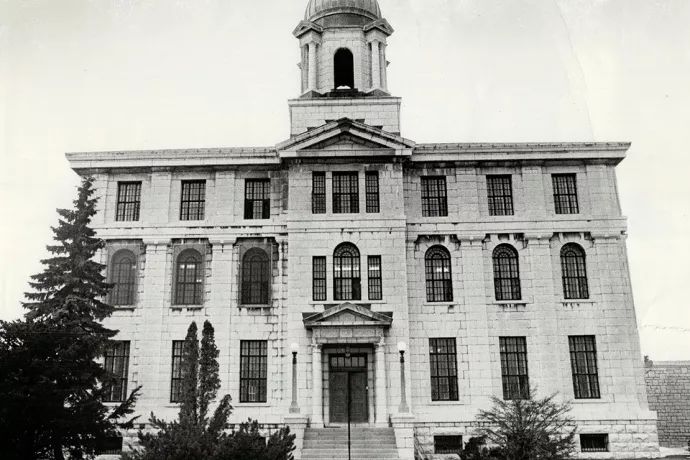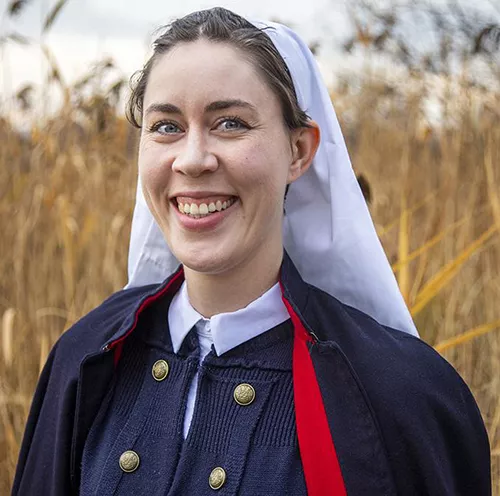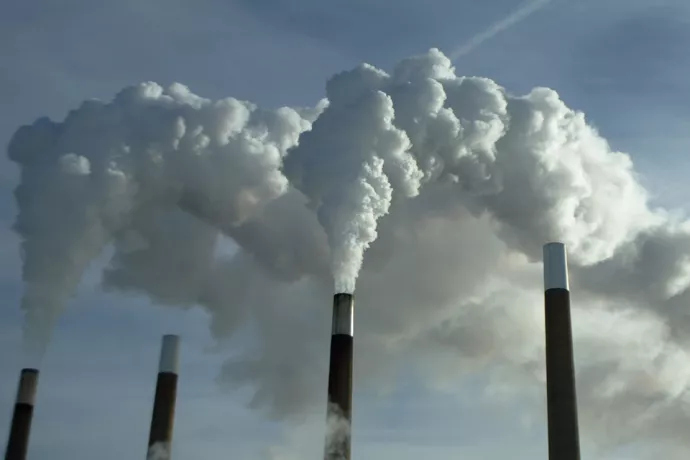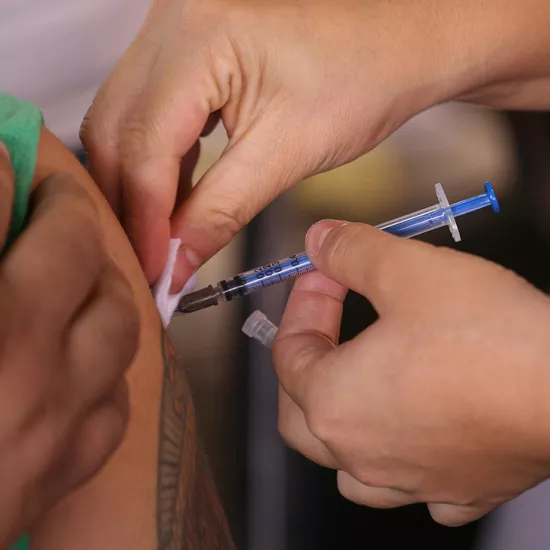Robots, asylums and oral storytelling: Six new courses at UTM this year

This year, UTM students will have the opportunity to travel back in time and study the remains of prisoners and asylum patients over the centuries. Others will work in the present day to understand air quality in Peel Region and its impact on residents, while others will look to the future and learn how to help a robot understand its surroundings.
These intriguing topics that span time are just a few in the latest batch of new courses that have been added to UTM’s 2022/2023 timetable. Here’s a selection of the fascinating new classes being offered:
Behind Bars: Anthropology of Institutions and Confinement

Artifacts such as skeletal remains, physician notebooks and confiscated prisoner-made tattoo machines can tell a much larger story of marginalized or institutionalized people, and the health inequities they faced throughout history.
In this interdisciplinary course, taught by anthropology professor Madeleine Mant, students will have the opportunity to examine these various archeological records and learn about institutions’ effects on the human body, as well as the impacts of separation on people.
“By looking at human skeletons from people who might have died in a hospital, asylum and institution, we can ask some sort of broad questions about health and power and structural violence. Looking at the type of archeological or archival records, we can start to think about the effects of institutions through time,” Mant explains.
She hopes the course will help students think more critically about the long-term effects of separating people from others.
“I hope this class is a chance for students to think about healthcare access through time, to think about ethics, as well as thinking about questions of disability and care within society,” she says.
Linguistics and Computation
When you type “The cricket jumped over the fence” on your computer, how does it know if the word “cricket” refers to the game or the insect? How can it tell the difference between a grammatical and ungrammatical sentence?
In this course led by Assistant Professor Barend Beekhuizen, students who have either a background in linguistics or a computing science will be introduced to how linguistics and computing intersect – and how computational algorithms and data structures can be used as a formal language model.
Politics and Social Justice
Problems around gender equality, racism and wealth distribution aren’t just social justice issues. They are also political issues.
Politics and Social Justice, led by Assistant Professor Martha Balaguera Cuervo, will introduce political science students to the concept of social justice as a political issue. This course will focus on human rights, economic and social inequity, fairness and inclusion – with key concepts including power, identity, conflict, and structural racism, to name a few.
GIS Capstone Project

Geography students can gain real-world experience as they work with external partners to help solve problems. This year, students enrolled in the GIS Capstone Project will have a chance to collaborate with both private and public sector partners.
Geography, Geomatics and Environment professor Tingting Zhu says one of the projects will allow students to map air pollution throughout Peel Region and see its impacts on residents. Students will also look at the correlation between air pollution levels and socioeconomic status, and how disadvantaged groups are impacted by air pollution.
Zhu says this experiential learning course will give students real-world knowledge and experience that can’t be learned in a classroom.
“Experiential learning lets students actively apply their knowledge and skills learned in the program,” says Zhu. “I hope students can hone their professional competencies like communication skills, problem-solving skills, and management skills along with their technical skills.”
Robotic Perception
Humans can automatically perceive the world around us and understand what is happening in our environments. We already know where objects are, and what state they are in, by the time we start consciously thinking about what we see and hear around us.
But robots aren’t quite there yet.
Perception is highly challenging for robots, explains the course’s instructor Assistant Professor Igor Gilitschenski, and students enrolled in Robotic Perception will learn about the challenges computer scientists face when deploying perception algorithms on a robot – as well as algorithms that can be used to address these challenges.
“At the end of the course, students will be able to better understand what are the challenges involved in making a robot understand its environment,” says Gilitschenski.
Anishinaabe Storytelling and Oral Tradition
Assistant Professor Maria Hupfield, an artist and Anishinaabe-kwe of Wasuaksing First Nation, will lead students on a journey exploring the legends, beliefs and values of the Anishinaabek Nation.
In this course, which uses a transdisciplinary approach, students will explore the Anishinaabe story through many different forms including dance regalia, weavings/baskets, poems, songs, and Anishinaabe legends – as well as creation stories and guest speakers.



